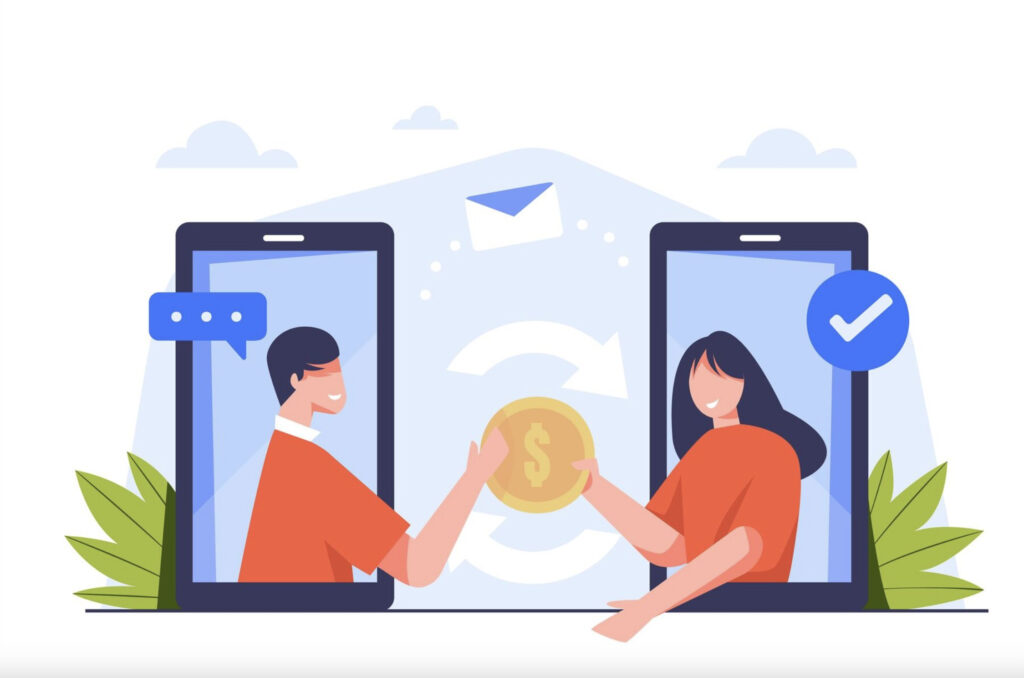
Customer acquisition is the backbone of any business looking to grow and scale. However, traditional methods like paid advertising and cold outreach can be expensive and yield uncertain results. One of the most effective yet often underutilized strategies is customer acquisition with a referral program. Referral programs leverage word-of-mouth marketing, allowing existing customers to bring in new ones through incentives and rewards. This method not only reduces acquisition costs but also improves conversion rates, as people tend to trust recommendations from those they know.
What Is a Referral Program?
A referral program is a structured system that encourages existing customers to refer new ones in exchange for rewards. It operates on the principle that people are more likely to try a product or service if it is recommended by a friend, family member, or colleague. Businesses set up referral programs to track these recommendations and offer incentives, such as discounts, store credits, cashback, or exclusive perks, to both the referrer and the referred customer. This creates a win-win situation: businesses gain new customers, and customers receive valuable rewards for spreading the word.
Benefits of Using a Referral Program for Customer Acquisition
Implementing a referral program offers several advantages, particularly when it comes to customer acquisition. Some key benefits include:
- Lower Acquisition Costs: Referral programs are significantly more cost-effective than traditional advertising. Instead of spending large sums on ads with unpredictable results, businesses reward customers only when successful referrals are made.
- Higher Trust and Credibility: Studies show that people are more likely to trust recommendations from friends and family than advertisements. A well-structured referral program capitalizes on this trust, leading to higher conversion rates.
- Increased Customer Retention: Customers who participate in referral programs tend to be more engaged and loyal. Since they have a personal connection with the brand, they are more likely to continue using its products or services.
Key Components of an Effective Referral Program
To maximize customer acquisition with a referral program, businesses need to design a system that is easy to use and highly rewarding. The essential components include:
- Attractive Incentives: The success of a referral program depends on the value of the rewards. Businesses should choose incentives that appeal to their audience, whether it’s a discount, cashback, free products, or exclusive access to premium features.
- Seamless Sharing Process: The referral process should be straightforward, allowing users to share their unique referral links via email, social media, or messaging apps. The easier it is for customers to spread the word, the more referrals they will make.
- Tracking and Analytics: Businesses must implement a robust tracking system to monitor referrals, ensure fairness, and identify areas for improvement. Transparency in reward distribution helps maintain customer trust and engagement.
Best Practices for Running a Successful Referral Program
To ensure a referral program delivers results, businesses should follow these best practices:
- Choose the Right Rewards: Offering rewards that resonate with the target audience increases participation. For example, an eCommerce store might provide discounts, while a SaaS company may offer extended free trials.
- Promote the Program Effectively: Simply having a referral program isn’t enough—businesses must actively promote it through emails, social media campaigns, website banners, and even in-app notifications.
- Make It Easy to Use: Complicated referral processes can discourage participation. A one-click sharing system with automated tracking ensures a seamless experience for customers.
Case Studies of Successful Referral Programs
Several well-known brands have successfully implemented referral programs to drive customer acquisition:
- Dropbox: One of the most famous examples, Dropbox’s referral program rewarded users with additional storage for referring friends. This strategy helped the company grow its user base by 3900% in just 15 months.
- Airbnb: Airbnb’s referral program provided travel credits to both referrers and referees. The program contributed significantly to the company’s rapid expansion, particularly in new markets.
- Tesla: Tesla used a referral program to encourage customers to refer others by offering perks like free supercharging and exclusive events. This helped build brand loyalty and attract high-value customers.
Conclusion
A well-structured referral program is a powerful tool for businesses looking to scale their customer base efficiently. By leveraging word-of-mouth marketing, businesses can reduce acquisition costs, build trust, and enhance customer loyalty. Whether you’re a startup or an established brand, investing in customer acquisition with a referral program can provide long-term benefits and sustainable growth. If you haven’t implemented one yet, now is the perfect time to start!